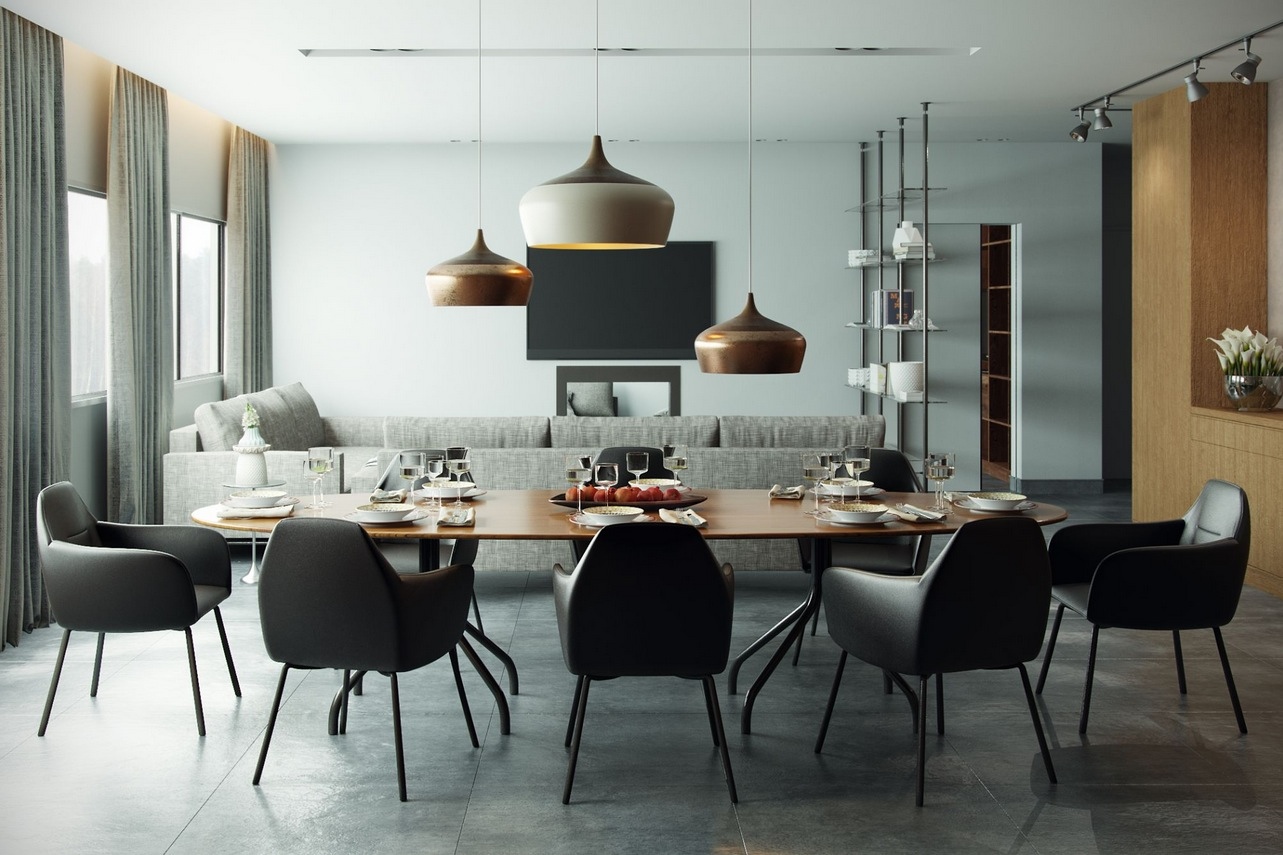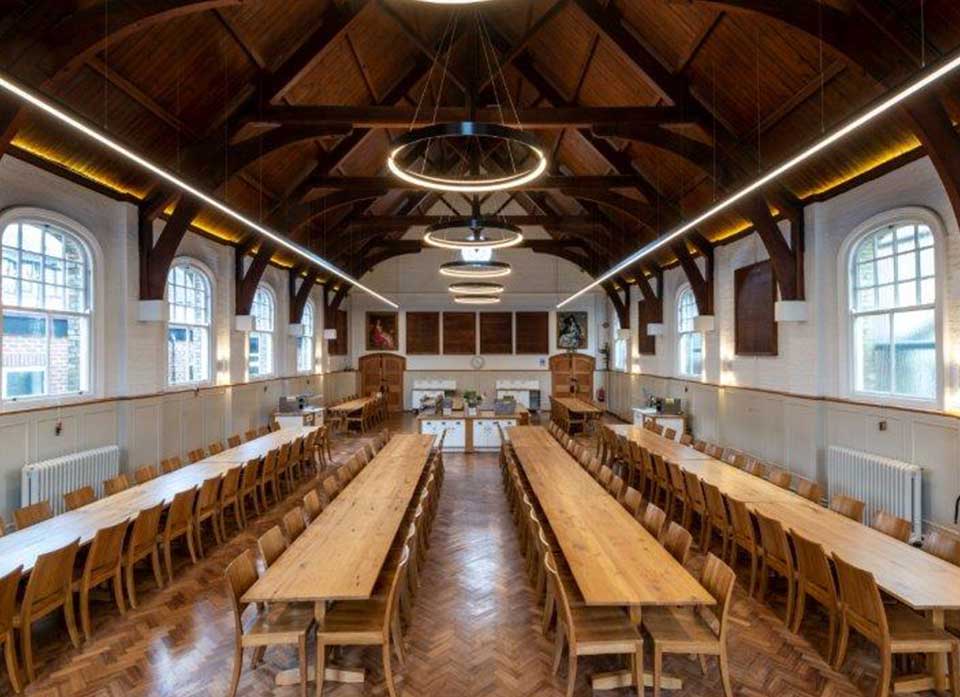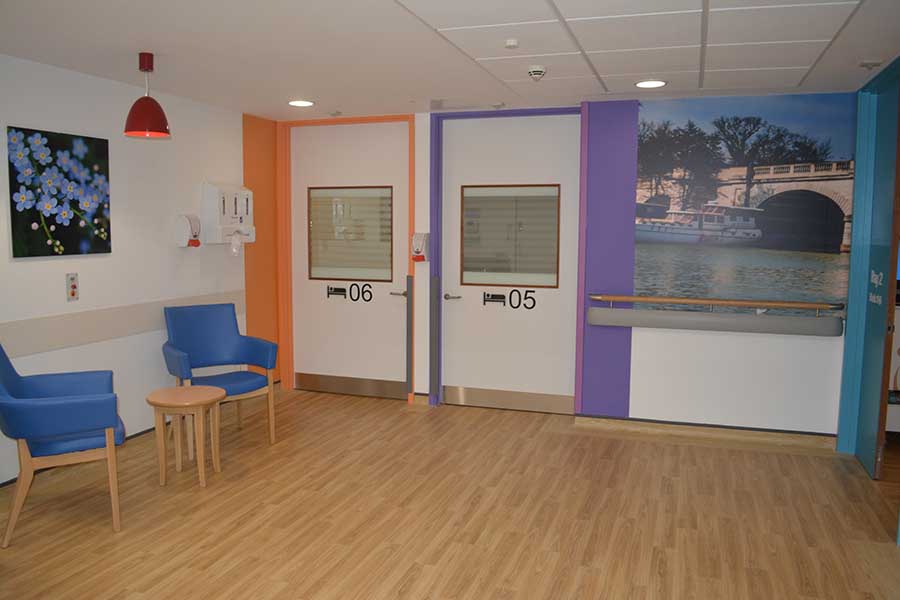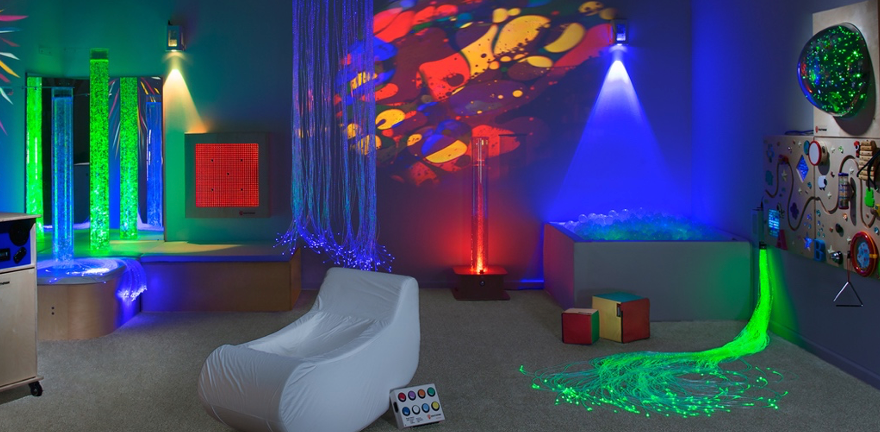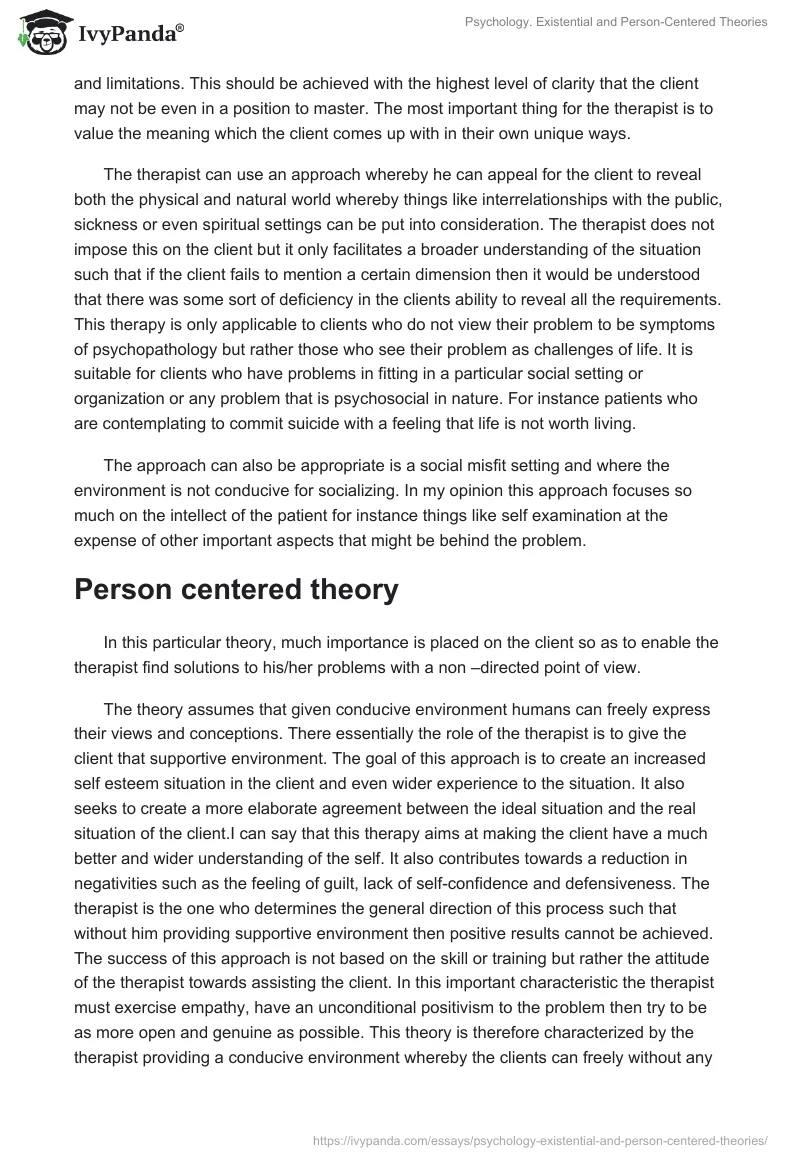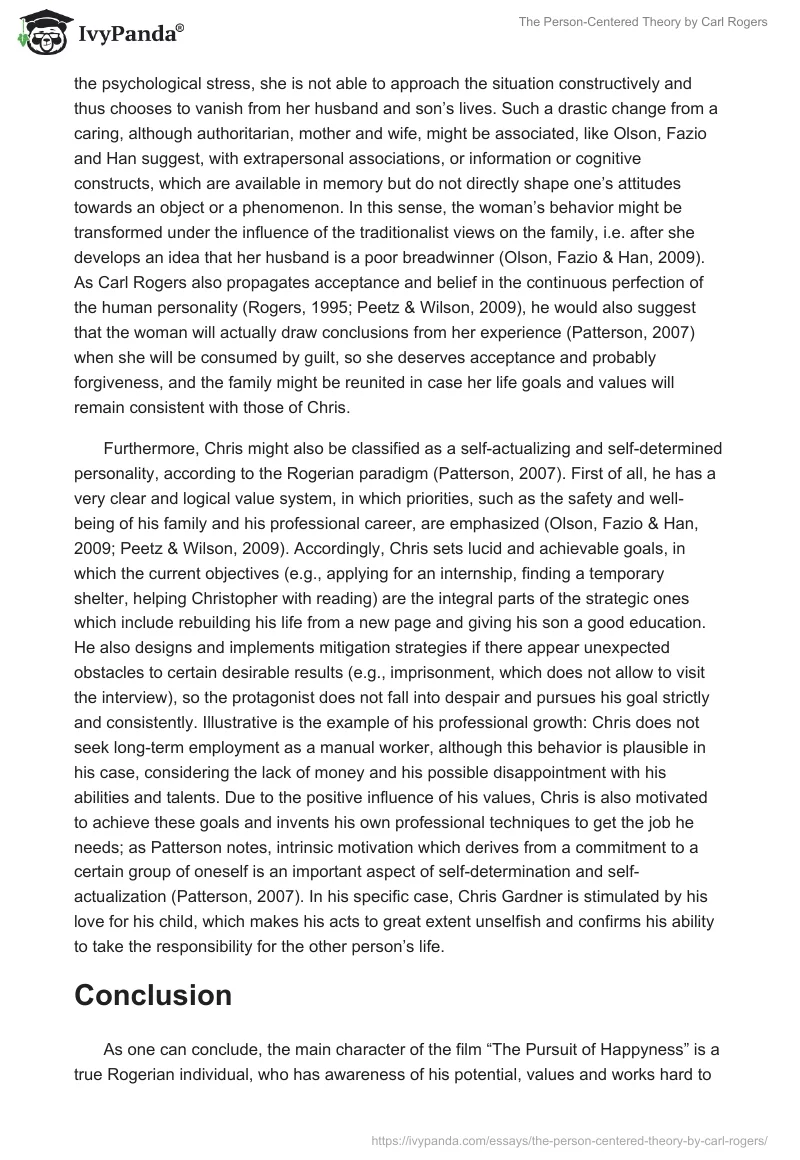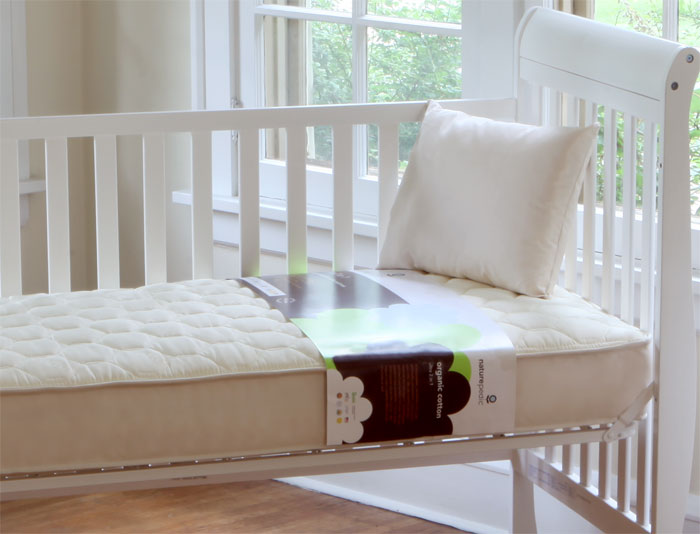Dementia-Friendly Dining Room Experience
Dementia is a progressive brain disorder that affects an individual's memory, thinking, behavior, and ability to perform daily tasks. As the disease progresses, it can become increasingly challenging for individuals with dementia to engage in activities that were once familiar and enjoyable to them. This includes the simple act of dining, which can often be a source of frustration and confusion for dementia patients. However, with the right strategies and design, it is possible to create a positive and therapeutic dining experience for individuals with dementia.
Creating a Positive Dining Experience for Dementia Patients
The dining room is not just a place to eat; it can also serve as a social and sensory experience for individuals with dementia. Therefore, it is crucial to design a dining room that is not only functional but also comfortable and engaging for dementia patients. One way to achieve this is by creating a familiar and homely atmosphere through the use of memory aids, such as photographs, familiar objects, or music, that can trigger positive memories and emotions in individuals with dementia.
Designing a Safe and Comfortable Dining Room for Dementia Patients
In addition to creating a familiar environment, it is also essential to design a dining room that is safe and comfortable for individuals with dementia. This includes ensuring good lighting, minimizing clutter, and using contrasting colors to help individuals with dementia distinguish between different objects and surfaces. It is also crucial to consider the physical limitations of individuals with dementia, such as mobility issues or difficulty with fine motor skills, and make necessary adjustments to the dining room to accommodate these needs.
Enhancing the Dining Experience for Individuals with Dementia
Aside from creating a pleasant environment, there are various ways to enhance the dining experience for individuals with dementia. One effective strategy is to provide visual and sensory stimulation during meal times, such as using colorful plates, textured utensils, or playing calming music in the background. These simple additions can help individuals with dementia feel more engaged and involved in the dining experience.
Strategies for Improving the Dining Experience for Dementia Patients
Aside from environmental and sensory strategies, there are also various mealtime strategies that can help improve the dining experience for individuals with dementia. This includes offering smaller and more frequent meals to prevent individuals from feeling overwhelmed or frustrated. It is also essential to be patient and allow individuals with dementia to eat at their own pace, rather than rushing them through the meal. Additionally, incorporating familiar and favorite foods into meals can help individuals with dementia feel more comfortable and satisfied during mealtimes.
Creating a Therapeutic Dining Room Environment for Dementia Patients
As individuals with dementia often face challenges with communication and expression, it is crucial to create a dining room environment that is therapeutic and calming. This can be achieved by incorporating elements of nature, such as plants or a view of the outdoors, to provide a sense of relaxation and peace. It is also beneficial to use soft and natural lighting, as harsh lighting can be disorienting for individuals with dementia.
Incorporating Sensory Stimulation in the Dining Room for Dementia Patients
Sensory stimulation can be a powerful tool for individuals with dementia, as it can help evoke positive emotions and memories. In the dining room, this can be achieved through the use of different colors, textures, and scents. For example, using colorful tablecloths or textured placemats can help individuals with dementia differentiate between different items on the table. Additionally, incorporating familiar scents, such as the smell of a favorite dish, can help stimulate appetite and make the dining experience more enjoyable.
Person-Centered Dining for Individuals with Dementia
Person-centered care is crucial for individuals with dementia, as it focuses on understanding and meeting their unique needs and preferences. This approach can also be applied to the dining experience, where individuals with dementia are given choices and control over their meals. This can include allowing them to choose their own meals or assisting them in feeding themselves rather than being fed by a caregiver. This not only promotes independence and dignity but also helps individuals with dementia feel more empowered and engaged during mealtimes.
The Importance of Familiarity in the Dining Experience for Dementia Patients
Familiarity can play a crucial role in creating a positive dining experience for individuals with dementia. This includes not only familiar foods and surroundings but also familiar faces and routines. It can be helpful to have the same caregivers or family members present during mealtimes to provide a sense of security and comfort. Additionally, maintaining a consistent mealtime routine can help individuals with dementia feel more at ease and reduce any potential confusion or frustration.
Mealtime Strategies for Dementia Care
Lastly, it is essential to have a thorough understanding of an individual's specific needs and abilities when designing a dining room experience for them. This includes understanding any dietary restrictions or preferences, as well as any physical or cognitive limitations that may affect their ability to eat independently. By tailoring mealtime strategies to the individual, it is possible to create a more personalized and enjoyable dining experience for individuals with dementia.
Creating a Comfortable and Supportive Dining Room Experience for Dementia
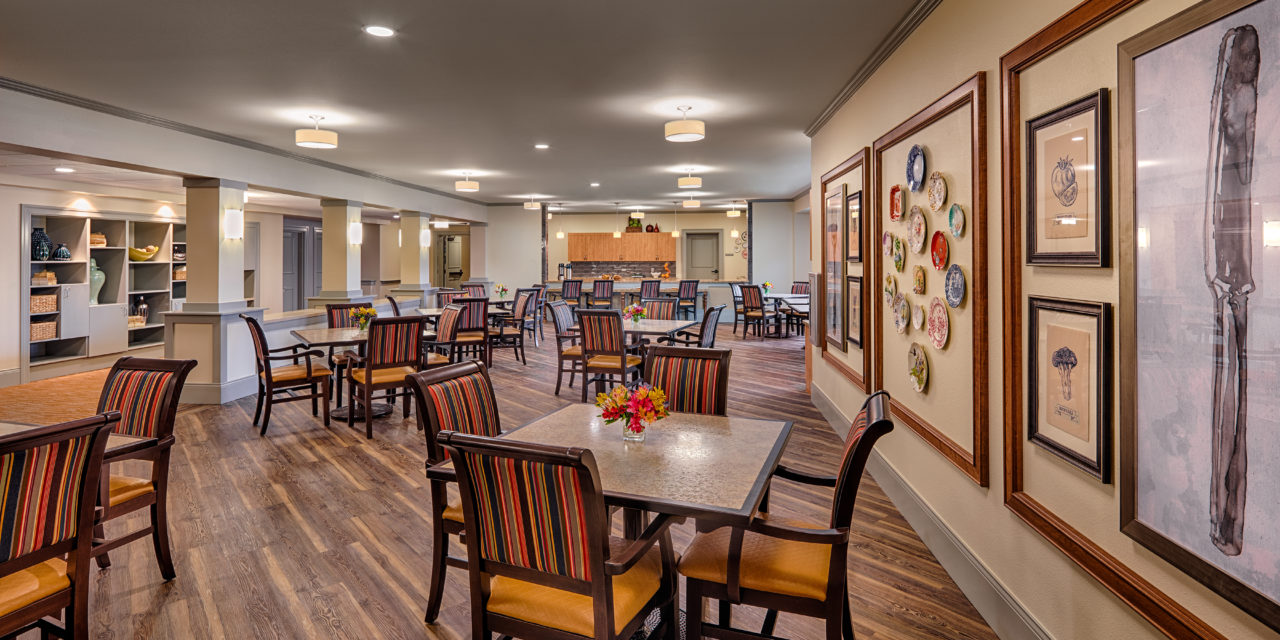
The Importance of Design in Creating a Dementia-Friendly Dining Room
 When designing a home for someone with dementia, it is crucial to consider every aspect of the environment, including the dining room. The dining room is where meals are shared, memories are made, and connections are formed. However, for those with dementia, it can also be a source of frustration and confusion. That's why it's essential to create a dining room experience that is comfortable, supportive, and dementia-friendly.
When designing a home for someone with dementia, it is crucial to consider every aspect of the environment, including the dining room. The dining room is where meals are shared, memories are made, and connections are formed. However, for those with dementia, it can also be a source of frustration and confusion. That's why it's essential to create a dining room experience that is comfortable, supportive, and dementia-friendly.
Design Elements to Consider
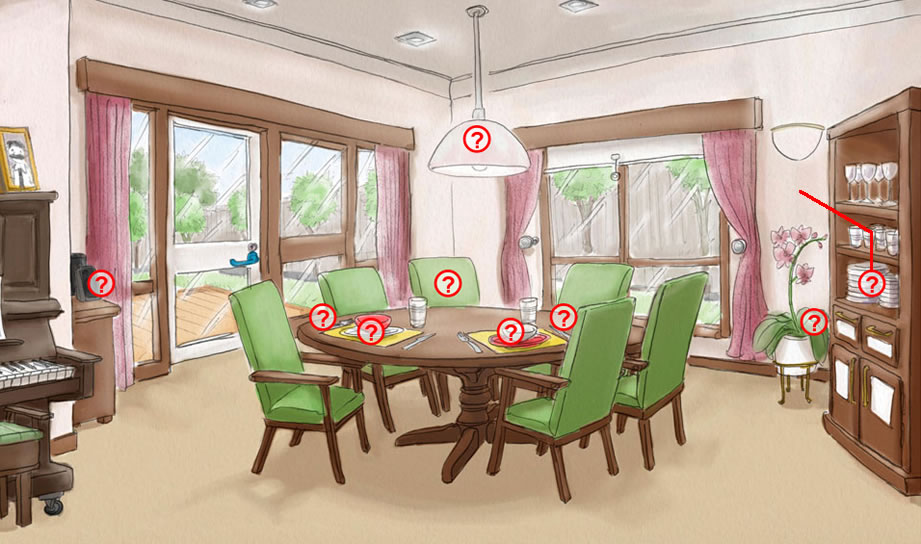 The key to creating a dementia-friendly dining room is to keep things simple. This means incorporating design elements that are easy to navigate and understand.
Color contrast
is an important factor to consider. Using contrasting colors on walls, furniture, and tableware can help individuals with dementia differentiate between different objects and surfaces. For example, using a dark-colored tablecloth on a light-colored table can make the edge of the table more visible, preventing spills and accidents.
Lighting
is another crucial aspect to consider. Natural light is ideal, as it helps regulate the body's internal clock and can improve mood and behavior. However, it's essential to have appropriate lighting in the dining room for when natural light is not available. Soft, warm lighting can create a calming and welcoming atmosphere, while harsh fluorescent lighting can be disorienting and overwhelming.
The key to creating a dementia-friendly dining room is to keep things simple. This means incorporating design elements that are easy to navigate and understand.
Color contrast
is an important factor to consider. Using contrasting colors on walls, furniture, and tableware can help individuals with dementia differentiate between different objects and surfaces. For example, using a dark-colored tablecloth on a light-colored table can make the edge of the table more visible, preventing spills and accidents.
Lighting
is another crucial aspect to consider. Natural light is ideal, as it helps regulate the body's internal clock and can improve mood and behavior. However, it's essential to have appropriate lighting in the dining room for when natural light is not available. Soft, warm lighting can create a calming and welcoming atmosphere, while harsh fluorescent lighting can be disorienting and overwhelming.
The Power of Familiarity
 Incorporating familiar objects and routines into the dining room experience can also be beneficial for those with dementia.
Familiarity
provides a sense of comfort and security, helping individuals navigate their environment more easily. This could include using tableware and furniture that the person is familiar with, displaying photos or artwork that holds sentimental value, or playing music that evokes positive memories.
Incorporating familiar objects and routines into the dining room experience can also be beneficial for those with dementia.
Familiarity
provides a sense of comfort and security, helping individuals navigate their environment more easily. This could include using tableware and furniture that the person is familiar with, displaying photos or artwork that holds sentimental value, or playing music that evokes positive memories.
The Role of Caregivers
 A dementia-friendly dining room is not just about the physical design; it also involves the people who use the space. Caregivers play a crucial role in creating a positive dining experience for individuals with dementia. They can provide assistance with eating, encourage social interaction, and create a calm and relaxed atmosphere.
Patience
and
compassion
are essential when caring for someone with dementia, and this extends to the dining room experience as well.
A dementia-friendly dining room is not just about the physical design; it also involves the people who use the space. Caregivers play a crucial role in creating a positive dining experience for individuals with dementia. They can provide assistance with eating, encourage social interaction, and create a calm and relaxed atmosphere.
Patience
and
compassion
are essential when caring for someone with dementia, and this extends to the dining room experience as well.
In Conclusion
 Creating a comfortable and supportive dining room experience for those with dementia requires a thoughtful and holistic approach. By considering design elements, incorporating familiarity, and having the support of caregivers, individuals with dementia can continue to enjoy meals and make meaningful connections in a safe and welcoming environment.
Creating a comfortable and supportive dining room experience for those with dementia requires a thoughtful and holistic approach. By considering design elements, incorporating familiarity, and having the support of caregivers, individuals with dementia can continue to enjoy meals and make meaningful connections in a safe and welcoming environment.




/arc-anglerfish-arc2-prod-shropshirestar-mna.s3.amazonaws.com/public/O73PBWHBRBFRTK7KCCGFJJJLGM.jpg)










.jpg?width=1425&name=shutterstock_1185179293 (1).jpg)







